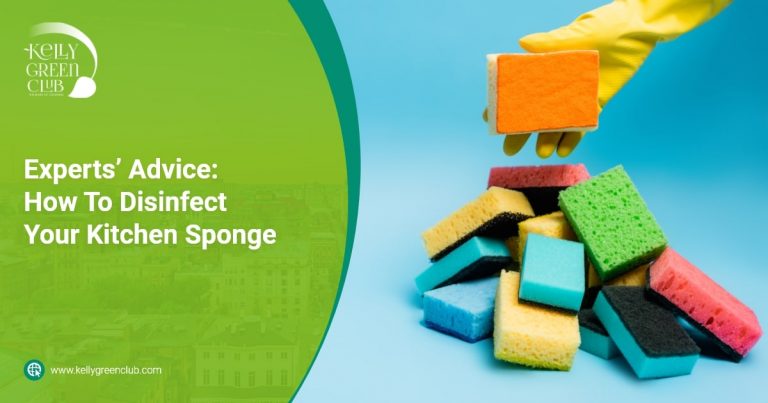As stewards of the environment, we are responsible for preserving and protecting our resources for ourselves and for future generations.
Recycling is really just common sense, and until the “modern era,” it was a common household activity. Before the 1920s, 70% of U.S. cities ran programs to recycle certain materials. During World War II, industry recycled and reused about 25% of the waste stream. Because of concern for the environment, recycling is again on the upswing. The nation’s composting and recycling rate rose from 7.7% of the waste stream in 1960 to 17% in 1990. It’s currently up to around 48%
Glass is 100% recyclable and can be recycled endlessly without loss in quality or purity, is made from readily-available domestic materials, such as sand, soda ash, limestone and “cullet,” the industry term for furnace-ready recycled glass.
The only material used in greater volumes than cullet is sand. These materials are mixed, or “batched,” heated to a temperature of 2600 to 2800 degrees Fahrenheit and molded into the desired shape. Recycled glass can be substituted for up to 95% of raw materials.
Manufacturers benefit from recycling in several ways: Recycled glass reduces emissions and consumption of raw materials, extends the life of plant equipment, such as furnaces, and saves energy.
Recycled glass is always part of the recipe for glass, and the more that is used, the greater the decrease in energy used in the furnace. This makes using recycled glass profitable in the long run, lowering costs for glass container manufacturers—and benefiting the environment.
The recycling one glass bottle saves enough energy to light a 100-watt light bulb for 4 hours or operate a television for 3 hours.
Producing glass from virgin materials requires 30% more energy than producing it from crushed used glass. It takes approximately 1 million years for a glass bottle to break down in a landfill.
Recycling is really just common sense
Most bottles and jars contain at least 25% recycled glass.
Recycling glass saves 25-32% of the energy used to make glass.
Glass containers save 9 gallons of fuel (oil) for every ton of glass recycled.
Unacceptable glass for recycling: ceramic cups, plates and pottery; clay garden pots; laboratory glass; crystal and opaque drinking glasses; mirrors; windshields and window glass; heat-resistant ovenwear; light bulbs; drinking glasses; hazardous glass containers, i.e. acid containers.
Some recycled glass containers are not able to be used in the manufacture of new glass bottles and jars or to make fiberglass. This may be because there is too much contamination or the recycled glass pieces are too small to meet manufacturing specifications. This recovered glass is then used for non-container glass products.
Because of concern for the environment, recycling is again on the upswing
With the involvement and enthusiasm of the people, recycling is back and so are thousands upon thousands of recycled products made from materials that would otherwise be piling up in our nation’s landfills. It doesn’t just make sense. It makes a huge difference to our environment, our quality of life, and our country’s future.



